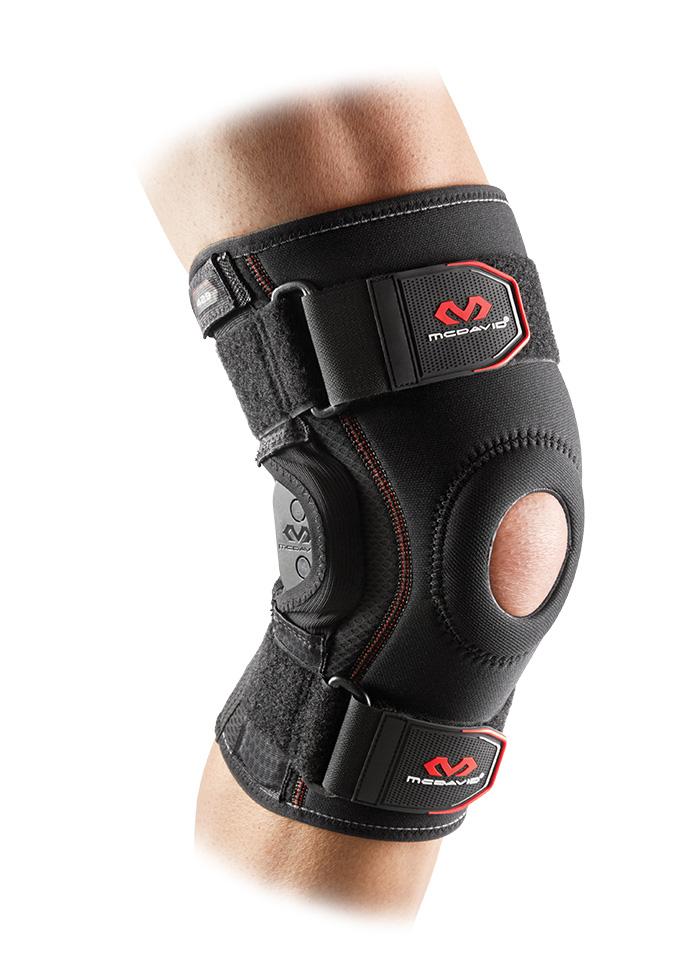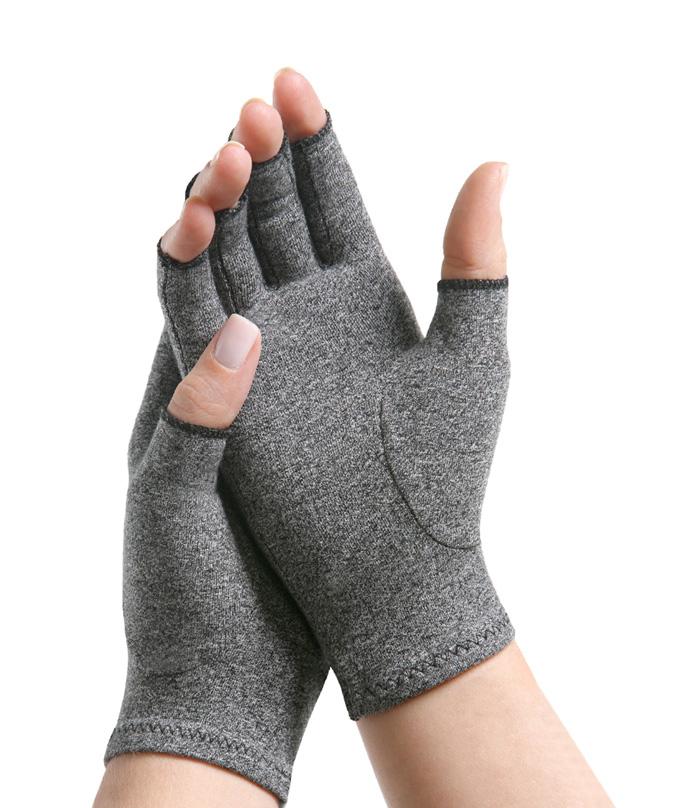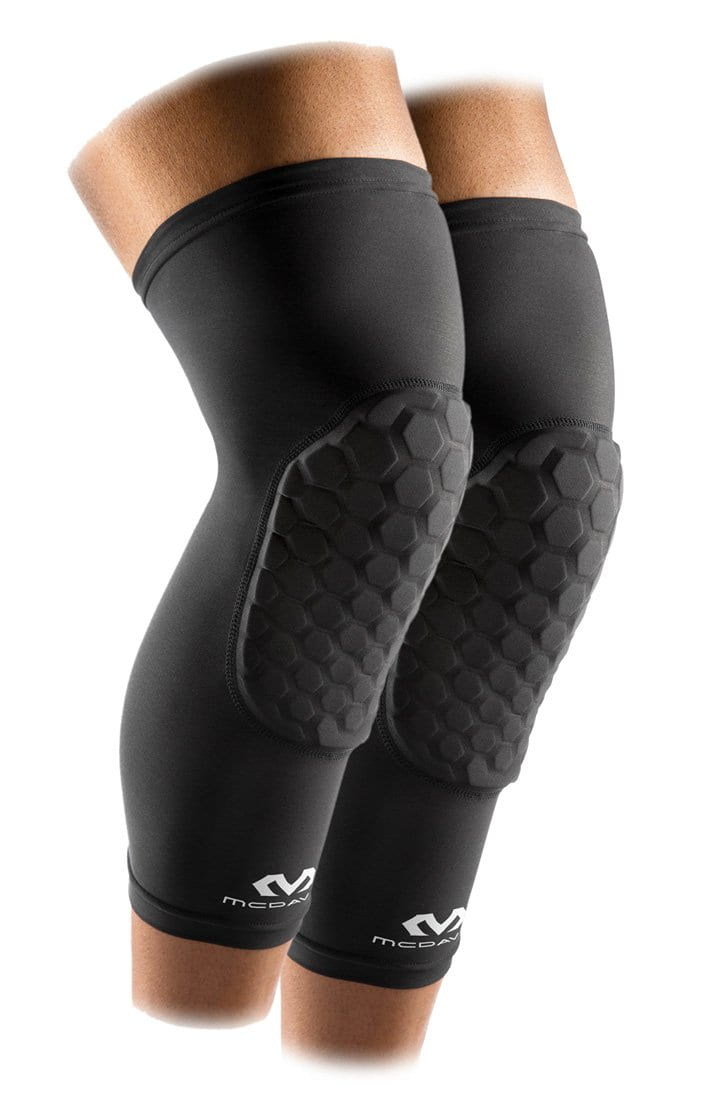Understanding The Anatomy Of The Upper Back
The upper back is the part of our body whose components provide stability and protection .The portion of the spine contained in the upper back is called the thoracic spine which we will discuss in more detail. The ribs articulate with the thoracic spine providing a protective housing for many important organs. Many dense muscles contribute to the stability of the upper back including the Trapezius, Rhomboids, Latisumus Dorsi and intercostals. Let’s begin with the central spinal column and what it entails:
Thoracic Spine
 The portion of the spine called the thoracic spine runs through the upper and mid back. Its topmost portion meets the cervical spine in the neck area while its lowermost part becomes the lumbar spine in the lower back (Which is described in much greated detail here: Understanding The Anatomy of the Lower Back). The spine is comprised of twelve vertebrae known as T1, T2, T3 all the way through.T12.
The portion of the spine called the thoracic spine runs through the upper and mid back. Its topmost portion meets the cervical spine in the neck area while its lowermost part becomes the lumbar spine in the lower back (Which is described in much greated detail here: Understanding The Anatomy of the Lower Back). The spine is comprised of twelve vertebrae known as T1, T2, T3 all the way through.T12.
This portion of the spine provides the main stability, hence flexibility is reduced. The major role of the upper/mid back is maintenance of upright integrity of the body and protecting the organs located in this area. The ribs attach, one on each side of the thoracic vertebra enclosing and protecting the heart, lungs, liver, and other organs.
Between each vertebra is a disc which is a spongy pad providing shock absorption between the vertebrae The spinal cord passes through a hollow tube-like core known as the spinal canal. While back pain in general is the second most common pain complaint, next to headache, both the cervical and lumbar portions of back are much more prone to injury than the thoracic portion.
Muscles in the Upper Back
Here is a look at the primary muscles in the upper back.
- Trapezius, which due to its size and density is subject to muscle tension and pain.
- Rhomboids, which connect the scapula with the vertebrae of the spinal column.
- Latissumus Dorsi is the large triangular shaped muscle running from the shoulder to the hips.
Muscle injury and tension in the thoracic area may be one source of pain. Others can include arthritis often due to wear and tear or age related vertebral issues., Fractures of the vertebrae due to impact from accidents or falls are another portential injury. Osteoporosis which is a decreased bone density can contribute to back bone fracture as well. Kyphosis, otherwise known as hunchback, scoliosis which is a curvature of the spine, as well as herniation of the disc whereby it protrudes between the vertebra impinging on the nerve and causing extreme pain at time are all examples of problems which
The Anatomy of the Upper Back In Conclusion...
We can conclude then, that the anatomy of the upper back is unique in that it is limited in its mobility and is mainly responsible for providing stability and strength as well as protection. While it is certainly possible to suffer damage and injury to this area, the areas of the back located immediately above and below it are much more subject to pain and injury That said, because the important nerves affecting our ability to move pass through this area within the thoracic portion of the spinal column, damage and injury can certainly be severe and immobilizing.
You can check out this other article: 3 Best Back Braces For Annoying Back Pain in 2019 (With Real Reviews)
Images (c) CanStockPhoto






Leave a comment